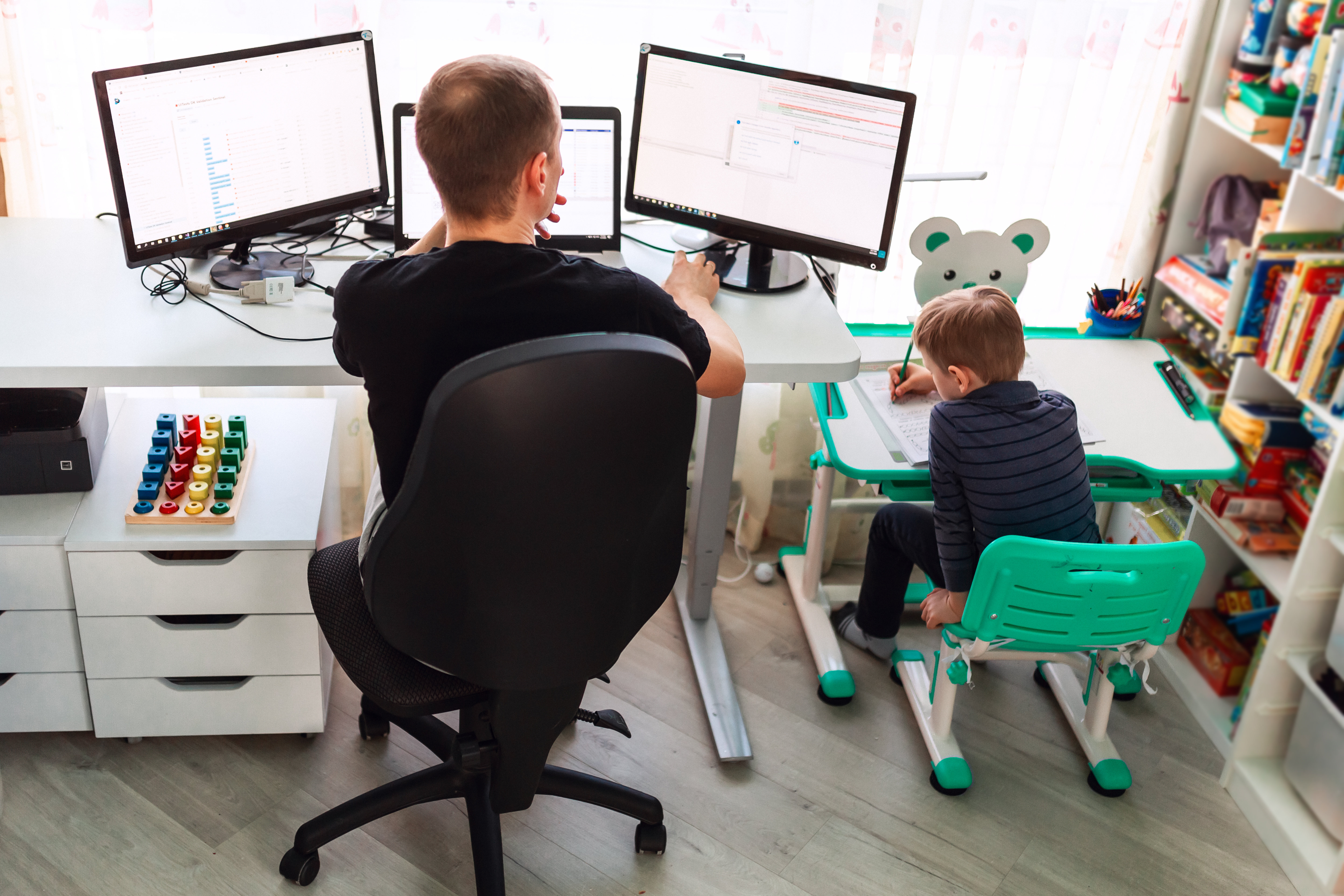Work life and the office after COVID-19 – New ways of working

As a result of the pandemic, employers (and their employees) have been forced to implement new ways of working. Companies will need to re-evaluate their work and role in which the office plays in this. The effect of COVID-19 has been unprecedented on the workplace – many organisations have been able to quickly adapt in a way which both protects their employees and moves to a brand new way of working which hadn’t been considered previously.
How has the role of the office changed?
Prior to the pandemic, offices were seen as being critical to a business and vital to employees’ productivity. Since then, with working from home, many have been surprised at the way digital technology and video calls have taken the place of face to face communication so seamlessly. Numerous employees have commented that they enjoy working from home, many of which feel that they are more productive. Employees have been able to avoid their usual commutes and found flexibility in balancing their personal and professional lives.
It is difficult to determine whether working from home has been successful solely because it’s considered to be a temporary measure, or because employees are truly able to work more productively and efficiently from home. Either way, many forms of working virtually have been working well which is something that will most likely be integrated into the workplace when things are more ‘normal’.
Re-evaluating offices and the way work is carried out
Each company will have their own views as to how work should be carried out, and the part that the office plays in this. This will depend on, amongst other things, which roles are key to the office, the level of collaboration required, and which areas their offices are located in.
There are a few key ways that companies can think about, which will determine the role of the office:
· Modernising how work is done
During the lockdowns, companies have been able to adapt to remote measures. This has been successful for many (but not all) companies.
Prior to the pandemic, some companies may have relied on brainstorming sessions and meetings in person. One of the new ways in which we are working, i.e. by video calling, is likely to be a suitable alternative for this.
Companies also need to ensure that their culture and values are able to remain in place. E.g. a company which typically likes to develop their existing employees may wish to focus on an office based approach – mentoring employees digitally would not be seen as practical or beneficial in this particular circumstance.
For many companies, it will be easy to immediately try to revert back to office working. However, modernising practices will help business operate in a way which makes the most of both in-person and remote work.
· Deciding where to place employees
In some companies there may be roles which prospective employees are keen to carry out, but not keen to relocate for. Remote working could be a good solution in this aspect. The best course of action would be to assess which roles can be carried out remotely, and which need to be done in person (and to what extent). Roles can be recategorized into sections by the level of remote working involved as follows:
-
Entirely remote;
-
Hybrid remote – i.e. mainly in the office and remote for very exceptional circumstances only;
-
In the office.

By doing this, companies will be able to source talented employees for roles without the requirement for them to be in the office. This could be a win-win outcome for both parties.
· Revamping the office
Most office tend to have a similar look physically, however many of them do not support the organisational priorities of companies. The aims of some companies are to work collaboratively, yet their offices consist of cubicles for employees to work within. Technology is likely to play a key role in allowing employees to return to the office and work safely before everyone has been vaccinated. For the time being, there will be concerns over who attends the office, when, cleaning of the office and social distancing measures.
To ensure that employees can be productive and collaborate, the limits between being physically in the office and out of the office have to chance. Video conferences cannot involve employees staring at each other whilst others watch without being able to participate. Remote collaboration spaces are likely to become the future.
Time for change
As companies everywhere trial ways to gradually bring their employees back to offices, it is still of paramount importance that the workplace remains safe whilst also being productive.
Companies should use this time to revise the systems and habits they have previously used. Ultimately, the aim of the changes that COVID-19 has forced companies to make will result in achieving a shared goal: a safe environment where people can collaborate with their colleagues, and company aims, and enjoy their work.

